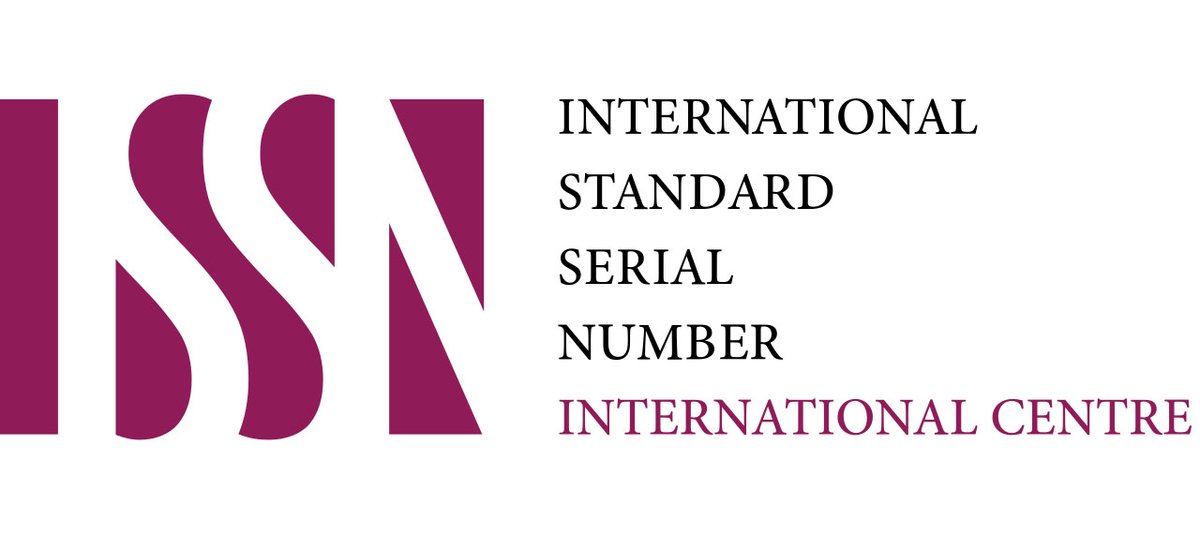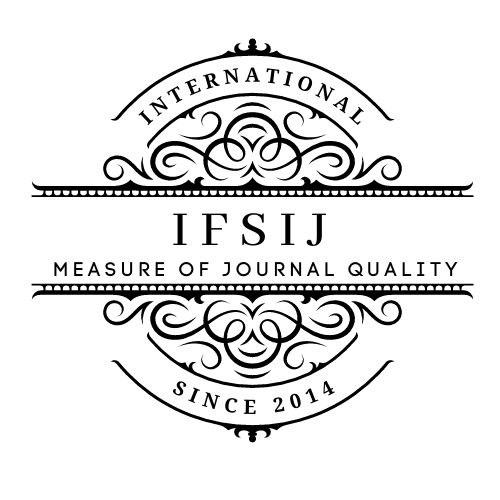OPTIMIZATION OF DIAGNOSTIC AND TREATMENT METHODS FOR PEDIATRIC FLATFOOT
Keywords:
Flatfoot, children, orthopedic correction, biochemical monitoring, physiotherapy, glycosaminoglycans, oxyproline, rehabilitation, electromyography, prevention.Abstract
Relevance. Flatfoot is a common orthopedic pathology in children, leading to gait disturbances, pain syndrome, and joint disorders. The lack of a unified approach to diagnosis and treatment necessitates the development of a comprehensive method that includes orthopedic correction, biochemical monitoring, and pharmacological support. Objective. To evaluate the effectiveness of a comprehensive treatment for flatfoot in children, considering clinical and biochemical changes. Methods. The study (2014–2024) included 88 children aged 1–14 years. Clinical, instrumental (X-ray, podometry, electromyography), and laboratory (urine analysis for glycosaminoglycans and oxyproline) methods were used. The main group received comprehensive treatment (plaster correction, physiotherapy, therapeutic exercises, massage, orthopedic insoles, pharmacotherapy), while the comparison group received traditional treatment. Results. Grade II flatfoot was diagnosed in 52.3% of children, with the peak incidence at ages 4–7 (67.0%). Before treatment, glycosaminoglycan and oxyproline levels were elevated but normalized after therapy. Complete arch restoration was achieved in 66.0% of the main group compared to 36.2% in the comparison group. Instrumental methods confirmed improved biomechanics, and electromyography showed increased muscle tone. Conclusion. The comprehensive treatment method significantly outperforms traditional approaches, especially in children aged 4–7 years. Its implementation will enhance therapy effectiveness and reduce the risk of complications.
Downloads
Published
How to Cite
Issue
Section
License

This work is licensed under a Creative Commons Attribution-NonCommercial-NoDerivatives 4.0 International License.















